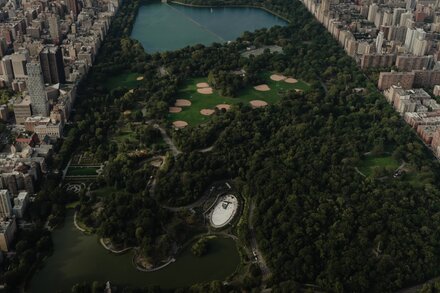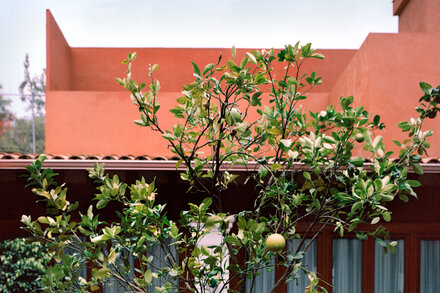While often seen as a concrete jungle, New York City actually harbors a vast and diverse network of green spaces. Beyond its iconic parks, thousands of smaller, often overlooked natural retreats offer solace and ecological benefits across the boroughs.

New York City, often characterized by its towering skyscrapers and bustling streets, holds a surprising secret for those willing to look beyond its most famous landmarks: a vast and diverse network of green spaces. While iconic destinations like Central Park and Prospect Park are well-known havens, the city is dotted with thousands of smaller, often overlooked, natural retreats that offer solace and ecological benefits to its millions of residents.
From community gardens blossoming on former vacant lots to waterfront esplanades and tiny “pocket parks” tucked between buildings, these green enclaves contribute significantly to the city’s quality of life. They provide crucial habitats for urban wildlife, mitigate the urban heat island effect, and offer essential opportunities for recreation, relaxation, and community engagement.
Beyond the Iconic Parks
The perception of New York as solely a concrete jungle often overshadows the deliberate efforts to integrate nature into the urban fabric. Beyond the major parks, the city boasts an extensive collection of public squares, greenways, and hundreds of community gardens managed by local residents. These spaces are often the result of grassroots activism and sustained investment by city agencies and non-profit organizations.
“Our objective is to ensure that every New Yorker is within a 10-minute walk of a park or green space,” stated Liam O’Connell, a spokesperson for the New York City Department of Parks & Recreation. “While Central Park gets the headlines, the backbone of our system is the smaller neighborhood park, the community garden, and the waterfront promenade. These are the places that truly integrate nature into daily urban life.”
Many of these smaller green spaces have unique histories, often transforming industrial relics or abandoned lots into vibrant public assets. The High Line, for instance, famously repurposed an elevated railway into an acclaimed linear park, inspiring similar projects globally. But countless lesser-known examples exist across all five boroughs, offering quiet corners for reflection or lively spots for neighborhood gatherings.
The Challenge of Discovery
For many residents, the challenge isn’t the absence of green space, but the lack of awareness about its presence. Many pocket parks are not immediately visible from major thoroughfares, and community gardens often require a closer look to discover their lush interiors. City initiatives and local advocacy groups frequently work to map and promote these hidden gems, encouraging New Yorkers to explore their neighborhoods with a fresh perspective.
“I’ve lived in Queens for over two decades, and it was only last year that I stumbled upon this incredible community garden just a few blocks from my apartment,” remarked Maria Rodriguez, a resident of Astoria. “It’s a beautiful, peaceful place, and I wish I had known about it sooner. It feels like a secret garden in the middle of the city.”
The existence of these diverse green spaces underscores a continuous effort to balance urban development with environmental preservation and public well-being. They serve as vital lungs for the metropolis, offering essential ecosystem services and enriching the lives of millions who call New York City home, proving that even in the densest urban environment, nature finds a way to thrive, if one is simply willing to seek it out.
Source: Read the original article here.





